
Penacho de Moctezuma se queda en Austria Poblanerías en línea
9.- In the documentary La Historia del Penacho de Moctezuma made by UNAM, it is noted that El Penacho de Moctezuma arrived in Austria in 1699 as part of a collection of Archduke Ferdinand II of.

Penacho de Moctezuma Arte azteca, Manualidades, Aztecas
Aztec feathered headdress: backstory. This headdress is also called the Penacho of Moctezuma II. Moctezuma II's headdress was first mentioned in a European inventory in 1596, when it was acquired by Austrian Archduke Ferdinand II von Tyrol. It was listed there as "a Moorish hat.".
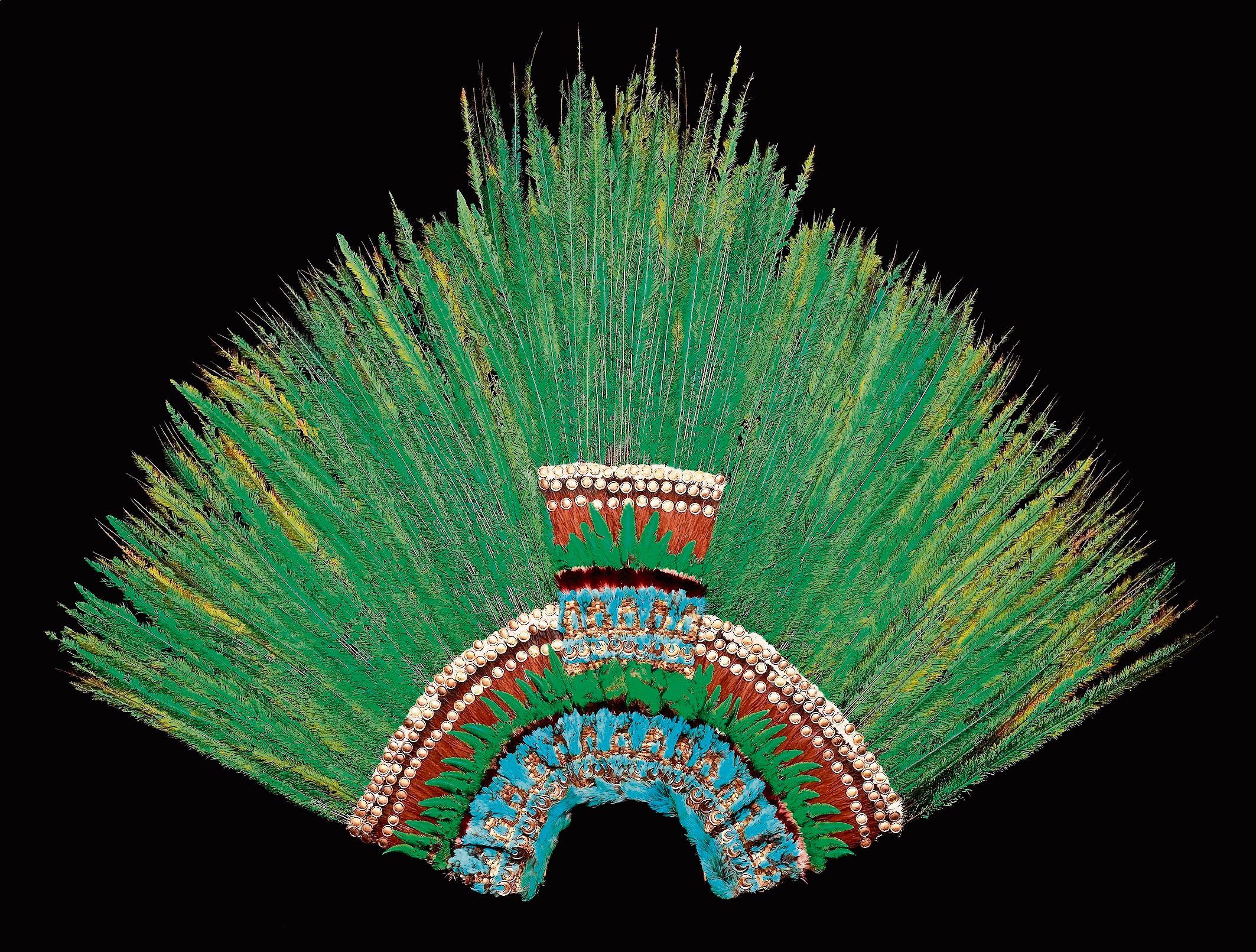
Penacho de Moctezuma lo encontraron arrumbado en una vitrina
It's widely believed to be a panache, some argue that what is known as "Penacho de Moctezuma" is in fact a cape traditionally worn by priests. The cape argument is supported by the large size of the object, 1.3m in height and 1.78m in length, but it weighs only a kilogram, which makes it easily wearable as a headdress..
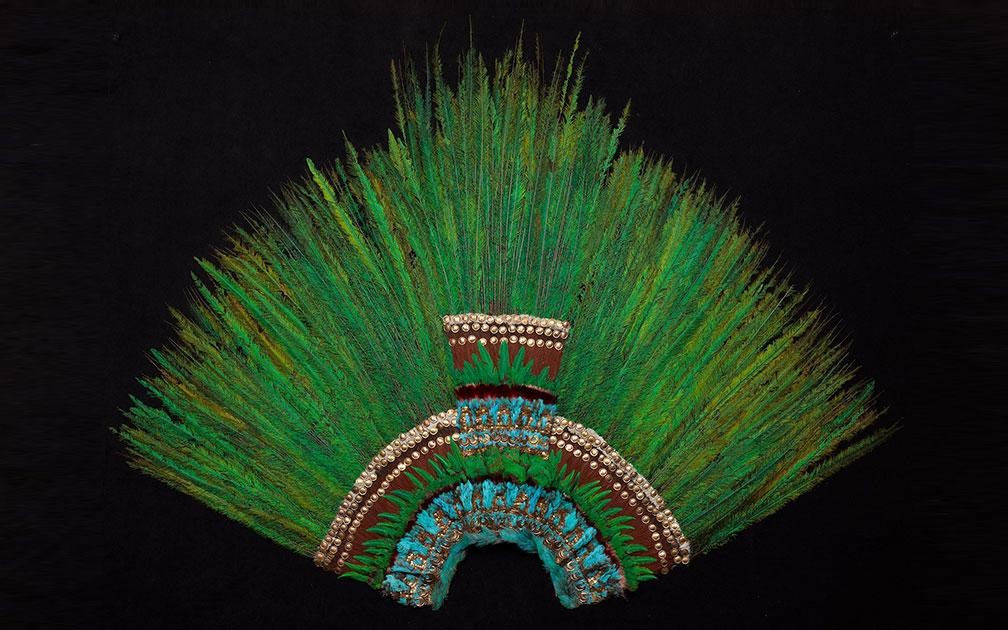
10 interesting facts about the “Penacho de Moctezuma” The Yucatan Times
6.-. Esta no es una pieza única o exclusiva ya que se supone que Moctezuma tenía más de un penacho, según afirma la historiadora Carmen Cook de Leonard. 7.- en 2011 se habló por última vez de la devolución del penacho de Moctezuma a México y se negoció con el Museo de Arte de Viena el préstamo de este tocado a cambio de la carroza de.
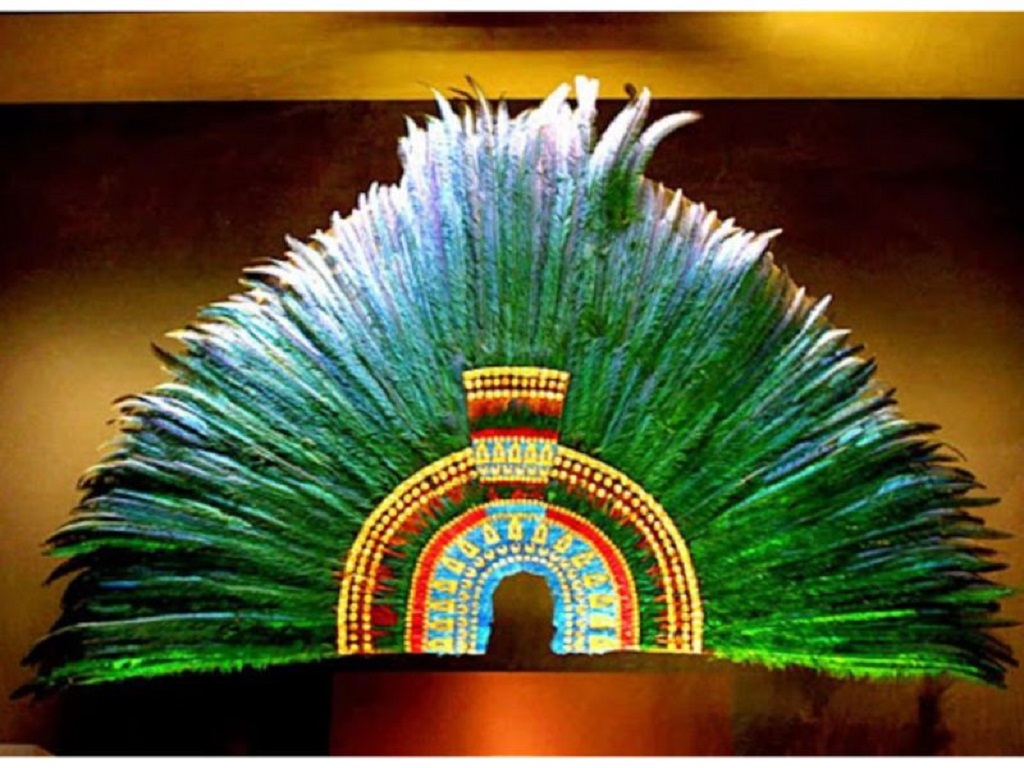
El Penacho de Moctezuma ¿Porqué lleva 500 años en Europa?
1 For a detailed and informed account of the penacho and its trajectory as a museum object and as an object of study, see Christian Feest, "El penacho del México antiguo en Europa," in El penacho del México antiguo, ed. Sabine Haag, Alfonso de Maria y Campos, Lilia Rivero Weber, and Christian Feest (Vienna: CONACULTA-INAH, Museum für Völkerkunde, 2012), 5-28.
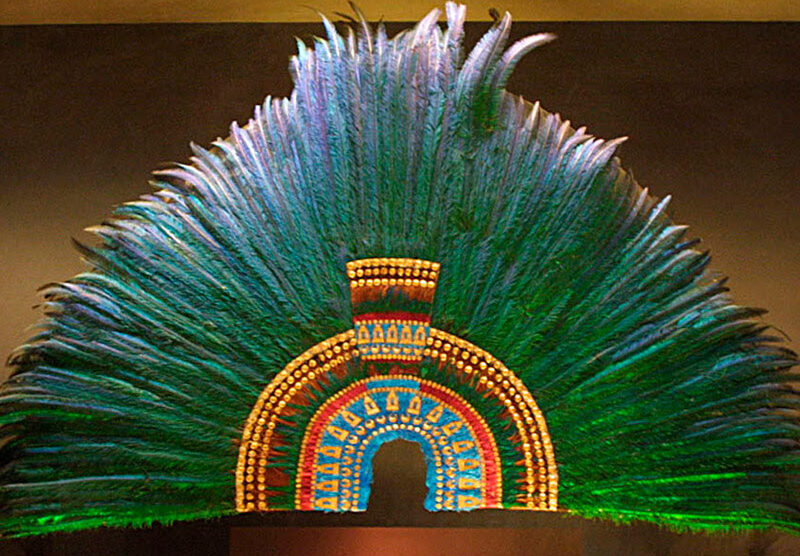
TV UNAM transmite El Penacho de Moctezuma. Plumaria del México antiguo, que revela los secretos
Moctezuma's headdress is a featherwork headdress or military device ( Nahuatl languages: quetzalāpanecayōtl [ketsalaːpaneˈkajoːtɬ]) which tradition holds belonged to Moctezuma II, the Aztec emperor at the time of the Spanish conquest. However, its provenance is uncertain, [2] [better source needed] and even its identity as a headdress has.

Historiadores aclaran lo que es cierto o mito del penacho de Moctezuma
Actuellement exposée au Weltmuseum de Vienne, la légende veut que ce « pénacho » ait appartenu à l'empereur Moctezuma (1466-1520). Cette coiffe aztèque appelée "El Penacho" est exposée.
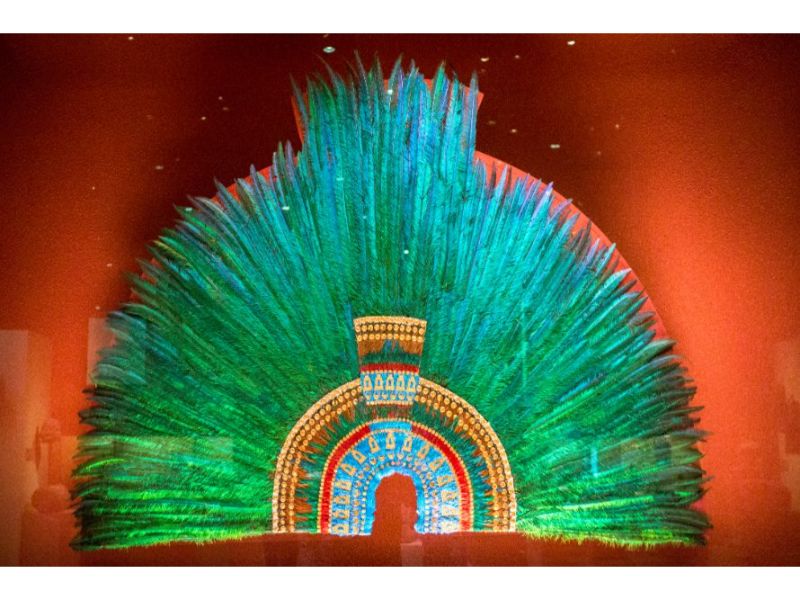
El Penacho de Moctezuma ¿Porqué lleva 500 años en Europa? (2022)
Penacho de Moctezuma: cómo terminó en Austria este tesoro prehispánico (y otras piezas emblemáticas que están fuera de México) Marcos González Díaz;
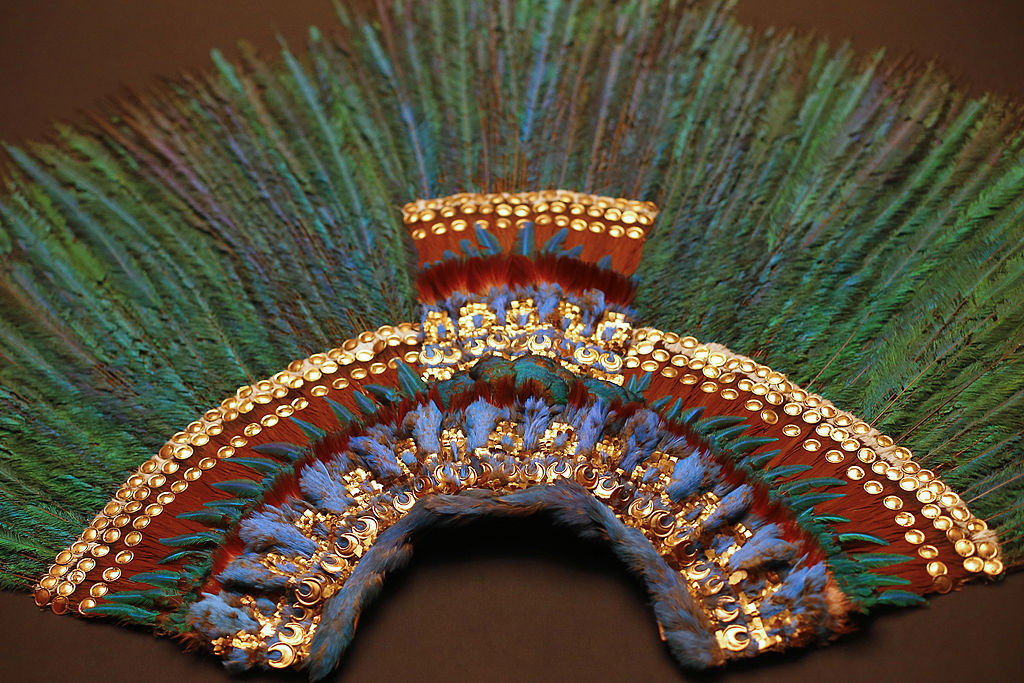
AMLO quiere de regreso a México el Penacho de Moctezuma, aunque sea prestado La Opinión
In the words of the Australian historian Inga Clendinnen, the Aztecs, or Mexica, "passionately prized feathers" as "projections into this dimmed world of the light, color, and exquisite.

Penacho de Moctezuma destaca en reinauguración del Weltmuseum de Viena
El Penacho de Moctezuma, or Moctezuma's headdress, is a featherwork crown that tradition holds belonged to Moctezuma II, the Aztec emperor at the time of the Spanish conquest. The headdress itself is made from green quetzal feathers and is sewn with gold detailing. In the 16th century, the famous headdress was taken to Europe as a war trophy.
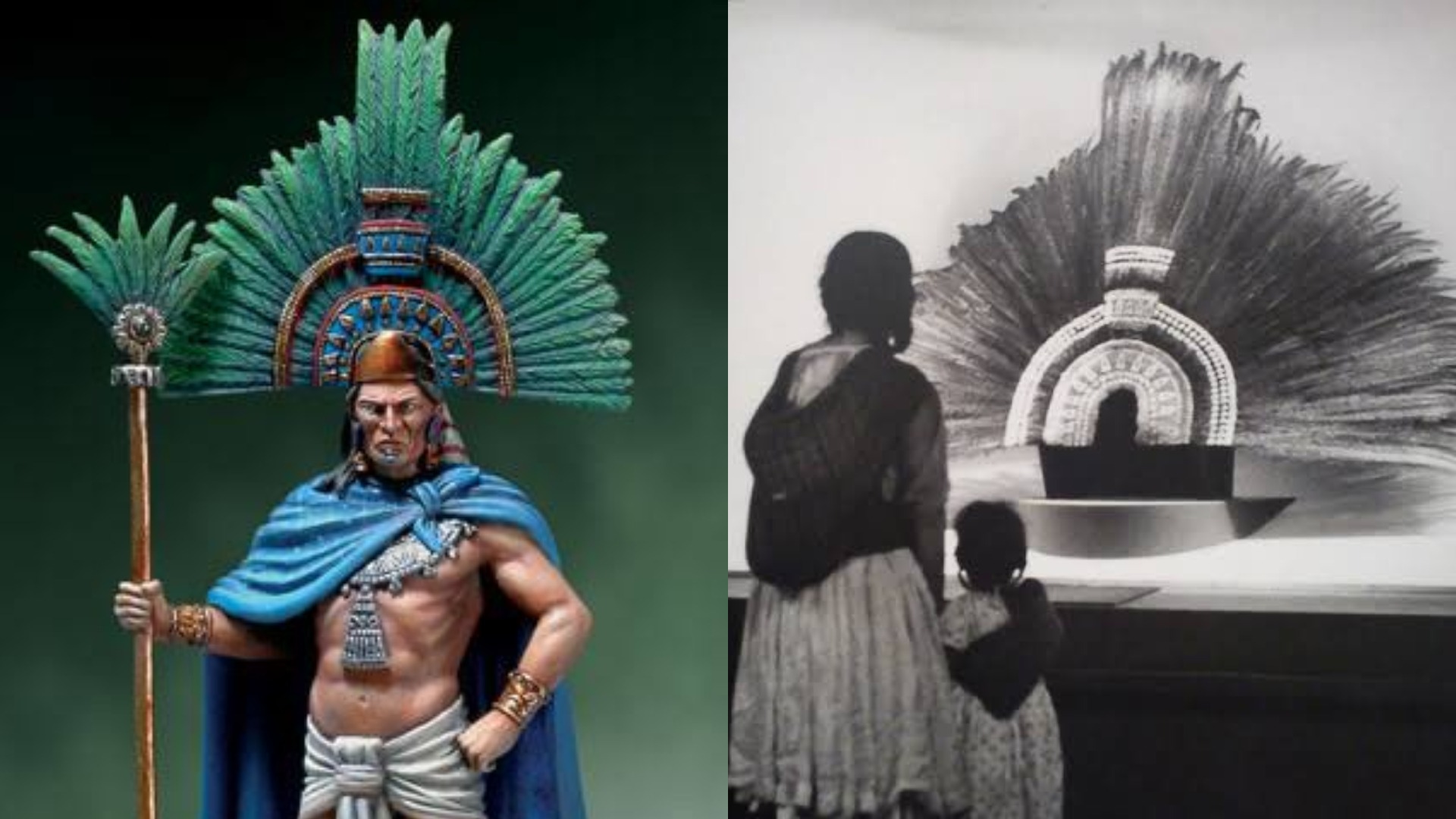
¿Cómo fue que llegó el penacho de Moctezuma hasta Austria? Capital México
El presidente de México criticó la actitud "prepotente y arrogante" del gobierno austriaco ante la petición de préstamo del penacho de Moctezuma, una valiosa pieza de arte prehispánico que.

Historia del Arte Penacho de Moctezuma
In addition to the penacho - as the only extant example of its kind it is of particular importance - the museum houses a number of other precious Pre-Columbian or early colonial Mexican feather objects, among them an Aztec feather shield, a bishop's lappet, a feather-picture depicting the Virgin Mary with Child, and one showing St. Jerome in the Wilderness.

El Penacho de Moctezuma, objeto que genera polémica entre México y Austria
Por ello, existe una réplica del emblemático penacho que se exhibe en el Museo de Antropología de Ciudad de México, realizada en 1940 por el artista Francisco Moctezuma, quien se basó en fotografías ya que no tuvo acceso al penacho original. Conoce la historia del penacho de Moctezuma, una de las pocas piezas de arte plumario que se.

Del penacho de Moctezuma a los pájaros de Calakmul The New York Times
The Quetzal-feather headdress. One of the popular images of the Aztec culture consists of a priest or emperor in a large feathered headdress. The world's last remaining example forms a highlight of the Weltmuseum Wien's permanent exhibition. "Penacho" made from the feathers of the quetzal and other birds. Interwoven with gold and other.
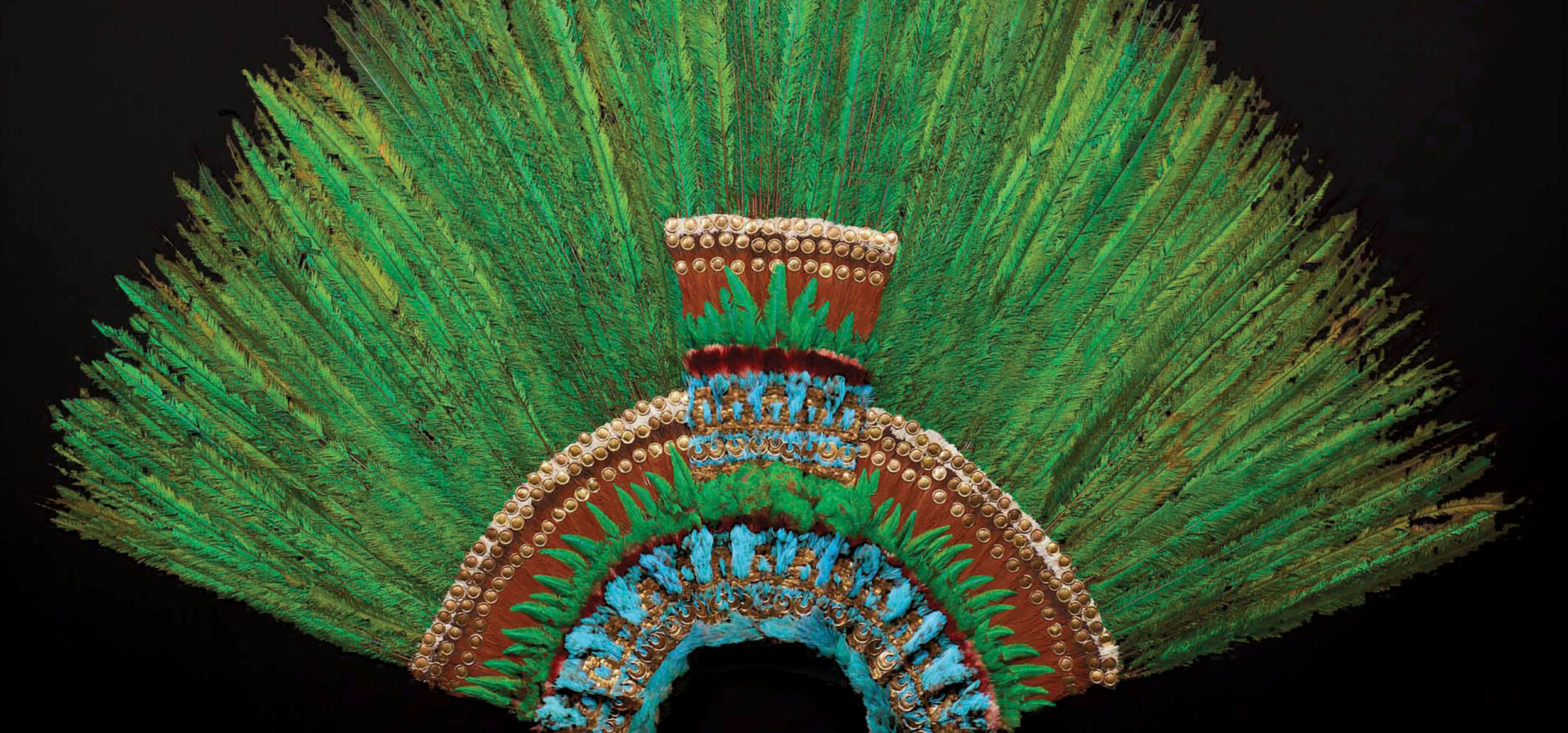
¿El penacho de Moctezuma puede volver a México? abogacía
Penacho de Moctezuma. Se conoce como Penacho de Moctezuma a un quetzalapanecáyotl o tocado de plumas de quetzal engarzadas en oro que actualmente se encuentra en el Museo de Etnología de Viena, en Austria, que según la tradición popular pudo pertenecer al tlatoani Moctezuma Xocoyotzin (1466-1520), aunque no hay certeza histórica de ello.

¿Por qué es tan importante el Penacho de Moctezuma para México?
The Penacho de Moctezuma, an Aztec headdress synonymous with Mexico's history, continues to hold political and diplomatic resonance today. Since September 2020 Mexico's president, Andrés Manuel López Obrador, and his wife Beatriz Gutiérrez Muller, who holds the presidency of the Honorary Council of the Historical and Cultural.